Wetlands are one of the most important ecosystems on our planet. They provide numerous ecological and economic benefits such as water purification, climate regulation, flood control, and habitat for various plant and animal species. Wetlands cover around 6% of the world’s total surface area and are distributed throughout the globe. In this article, we will discuss ten important wetlands in the world that are significant in terms of their ecological, economic, and cultural values.
Introduction
Wetlands are areas of land where water covers the soil or is present at or near the surface for all or part of the year. They are found in a variety of natural and man-made landscapes, including marshes, swamps, bogs, fens, and estuaries. Wetlands are essential components of our planet’s biodiversity and play a vital role in maintaining the ecological balance.
Definition and Types of Wetlands
Wetlands are defined as areas that are saturated with water, either permanently or seasonally, and characterized by a unique ecosystem that is different from both terrestrial and aquatic systems. Wetlands are broadly classified into four categories: marshes, swamps, bogs, and fens.
Marshes are wetlands that are dominated by herbaceous plants, such as grasses, reeds, and sedges. They are typically found in shallow, poorly drained depressions and along the edges of lakes and rivers.
Swamps are wetlands that are dominated by trees or shrubs, such as cypress, mangrove, or willow. They are typically found in low-lying areas near rivers, streams, or coastal regions.
Bogs are wetlands that are characterized by a thick layer of peat, a partially decomposed organic matter that accumulates over time. They are typically found in cool, damp regions where the rate of decomposition is slow.
Fens are wetlands that are fed by mineral-rich groundwater and are characterized by the presence of sedges, grasses, and mosses. They are typically found in areas with a high water table and are often associated with spring-fed streams.
Importance of Wetlands
Wetlands are important ecosystems that provide a range of ecological, economic, and cultural benefits. They are often called the “kidneys of the earth” because they act as natural filters that purify water and remove pollutants.
Wetlands also help regulate the climate by storing large amounts of carbon dioxide, methane, and other greenhouse gases that contribute to climate change. They also provide important habitat for numerous plant and animal species, many of which are endangered or threatened.
Wetlands also have significant economic value. They support fisheries, provide timber and other forest products, and are important for agriculture and tourism. In addition, wetlands provide many recreational opportunities, such as bird watching, hiking, and kayaking.
Ramsar Convention on Wetlands
The Ramsar Convention on Wetlands is an international treaty that was signed in 1971 in Ramsar, Iran. It is an intergovernmental agreement that aims to promote the conservation and sustainable use of wetlands, recognizing their ecological, economic, and cultural values. The convention has been adopted by 171 countries and covers over 2,300 designated wetlands around the world, covering an area of more than 252 million hectares.
The convention has three key pillars: wise use, conservation, and wise management. The wise use of wetlands refers to their sustainable use for the benefit of humanity, while conservation aims to preserve their ecological character. Wise management, on the other hand, refers to the integration of wetland conservation and wise use into national and local planning processes.
Top 10 Important Wetlands in the World
- Everglades National Park, USA: Located in southern Florida, Everglades National Park is the largest subtropical wilderness in the United States. It is home to a diverse range of plant and animal species, including the endangered Florida panther and the American crocodile.
- Okavango Delta, Botswana: The Okavango Delta is a unique wetland located in the heart of the Kalahari Desert. It is the largest inland delta in the world and supports a rich diversity of wildlife, including elephants, lions, hippos, and over 400 species of birds.
- Pantanal, Brazil: The Pantanal is the largest wetland in the world, covering an area of over 140,000 square kilometers. It is located in the heart of South America and is home to a wide range of plant and animal species, including the jaguar, anaconda, and giant otter.
- Sundarbans, India and Bangladesh: The Sundarbans is a vast mangrove forest located in the delta of the Ganges, Brahmaputra, and Meghna rivers between India and Bangladesh. It is home to the endangered Bengal tiger and supports a range of other wildlife, including crocodiles, snakes, and birds.
- Danube Delta, Romania: The Danube Delta is the second-largest river delta in Europe and is located in Romania. It is a unique wetland that supports a rich diversity of plant and animal species, including over 300 species of birds.
- Kakadu National Park, Australia: Kakadu National Park is located in the Northern Territory of Australia and is a UNESCO World Heritage site. It is home to a wide range of plant and animal species, including the saltwater crocodile, which is one of the largest living reptiles in the world.
- Doñana National Park, Spain: Doñana National Park is a wetland located in Andalusia, Spain. It is a UNESCO World Heritage site and supports a rich diversity of wildlife, including the endangered Iberian lynx and the Spanish imperial eagle.
- Hula Valley, Israel: The Hula Valley is a unique wetland located in northern Israel. It is an important stopover site for millions of migratory birds and is home to a range of plant and animal species, including the common crane and the gray heron.
- Tmatboey, Cambodia: Tmatboey is a wetland located in northern Cambodia. It is an important breeding site for the endangered Bengal florican and supports a range of other wildlife, including elephants, wild pigs, and gibbons.
- Lake Nakuru National Park, Kenya: Lake Nakuru National Park is a unique wetland located in the Great Rift Valley of Kenya. It is home to a diverse range of plant and animal species, including the endangered black rhinoceros and the pink flamingo. The park is known for its vast lake, which is a soda lake, and is surrounded by marshes, forests, and grasslands. Lake Nakuru is famous for its abundant birdlife, especially the flamingos that are found in large numbers. The park was designated as a Ramsar site in 1990, and it is also a UNESCO World Heritage Site.
Conclusion,
Wetlands are crucial ecosystems that provide a variety of benefits to both the environment and humans. The 10 wetlands mentioned in this article are just a few examples of the many wetlands that exist around the world. These wetlands are not only essential for the survival of various plant and animal species but also play a crucial role in mitigating climate change and providing ecosystem services. It is essential to protect and conserve these wetlands for future generations.
FAQs:
- Why are wetlands important?
Wetlands are important because they provide essential ecosystem services such as water purification, flood control, and carbon sequestration. They also provide habitat for various plant and animal species.
- How are wetlands threatened?
Wetlands are threatened by human activities such as urbanization, agriculture, and industrialization. Climate change and pollution also pose a significant threat to wetlands.
- What is the Ramsar Convention?
The Ramsar Convention is an international treaty that provides a framework for the conservation and sustainable use of wetlands.
- Can wetlands be restored?
Yes, wetlands can be restored through various measures such as habitat restoration, hydrologic restoration, and reforestation.
- How can individuals help protect wetlands?
Individuals can help protect wetlands by reducing their carbon footprint, supporting wetland conservation organizations, and avoiding activities that harm wetlands such as dumping waste or using pesticides near wetland areas.

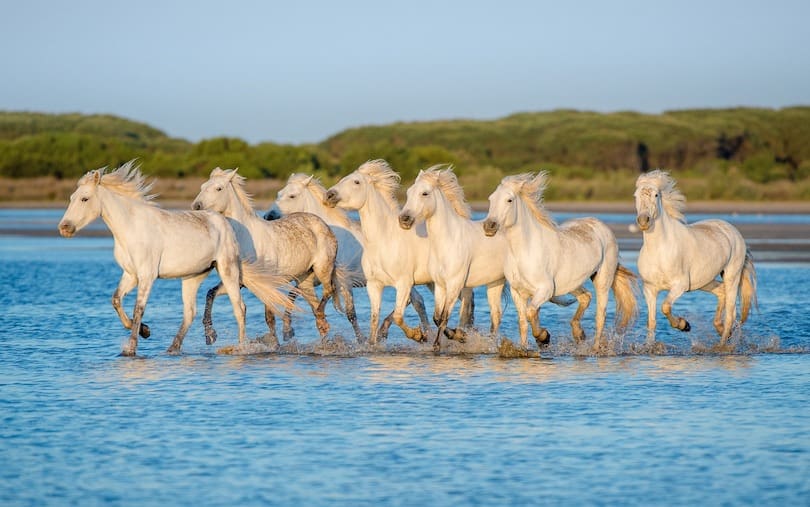

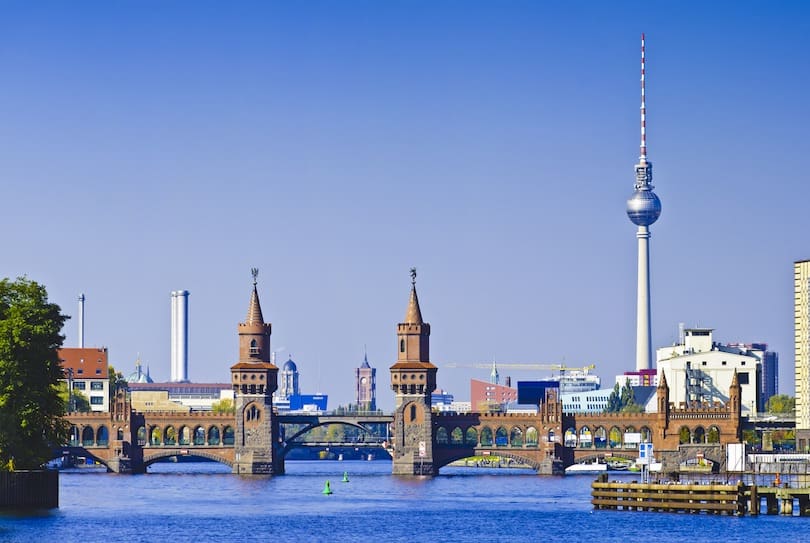
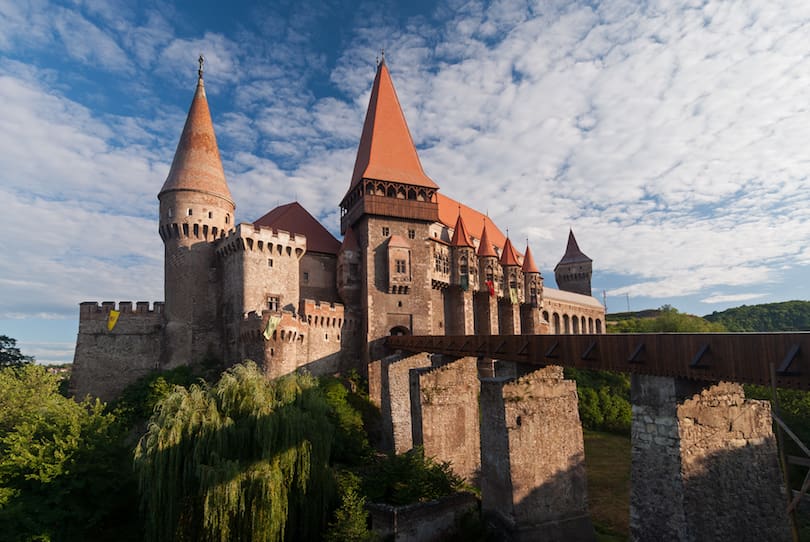




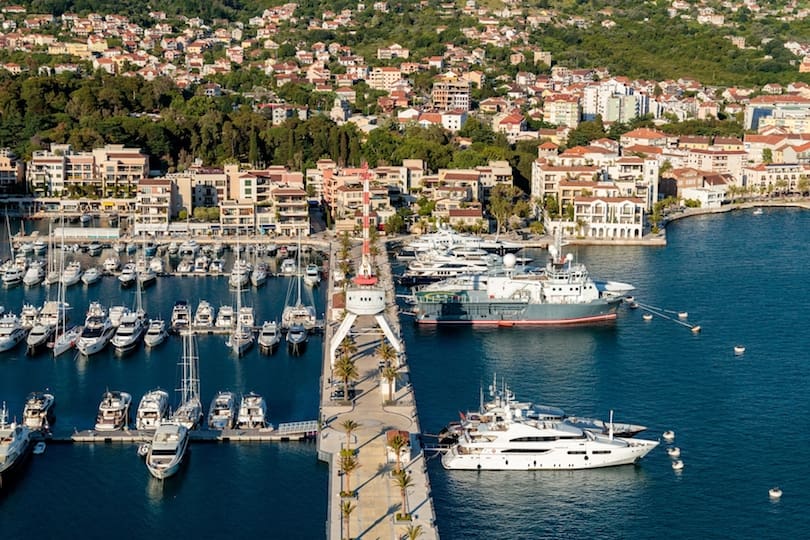
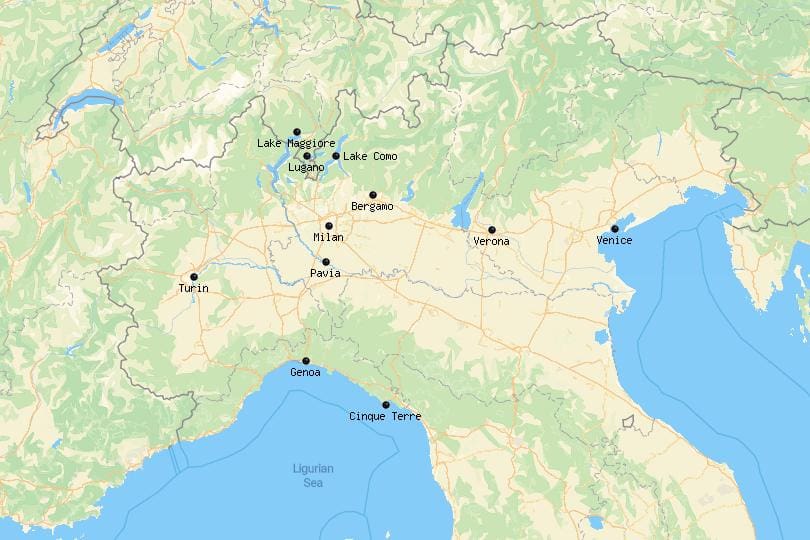



Thank you a lot for sharing this with all folks you really realize what you’re talking about! Bookmarked. Please additionally talk over with my website =). We can have a link alternate agreement between us!
I’ve recently started a web site, the information you offer on this website has helped me greatly. Thanks for all of your time & work.